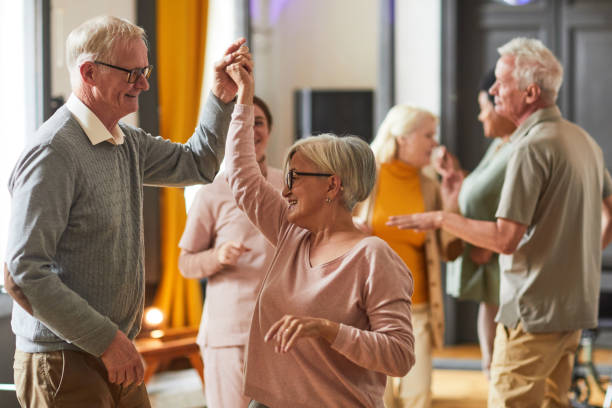Can Dance Offer Benefits for Individuals Living with Parkinson’s?

The act of dancing involves many things including balance, pace, strength, flexibility, remembering the order of the steps and not forgetting the social and emotional aspects. Can dancing also provide benefits to a person with Parkinson’s?
Movement with Parkinson’s can become difficult and is often the first symptom noted that leads to a diagnosis. It may be uneven stepping (gait change), slower pace (bradykinesia), a slight shuffle in steps or difficulty with balance (postural instability). There are many things – including medication – that assist with the motor and non-motor symptoms of Parkinson’s. Therapies such as Physiotherapy, Occupational Therapy and Speech Pathology provide benefit so Dance which combines several aspects including memory may also assist.
Research into Dance as a therapy has revealed several things. The use of the music accompanying the dancing, evens out the pace of steps. It appears that after the music stops – an internal beat seems to keep pacing or steps even. The effect is of varying length, from hours to days but has been obvious enough to be measured. One report offered that dancing backwards improved mobility while dancing but did not continue with all participants once the music stopped. Some others reported that it improved balance, others reported that this did not carry over outside the dance class.
One thing that was stated by nearly all participants was the enjoyment of the social aspect of Dance – many reflecting on their earlier days when they danced or marched to music. The “lift” creates a Dopamine release, and encourages emotional responses through the mind and body which can be difficult to express when you have PD. All over the world there are People with Parkinson’s dancing for exercise, for emotional and social expression and most of all, because it is fun!